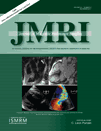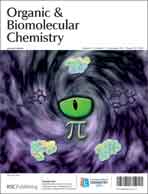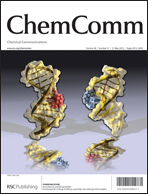 “Fast cysteine labelling of peptides promoted by an adjacent arginine has been observed with a standard labelling agent specific for amines, N-succinimidyl 4-[18F]fluorobenzoate” Sergio Abad, Pau Nolis, Juan D. Gispert, Jan Spengler, Fernando Albericio, Santiago Rojas and José R. Herance, ChemComm, Volume 48, pages 6118-6120, April 2012. DOI: 10.1039/C2CC32095A
“Fast cysteine labelling of peptides promoted by an adjacent arginine has been observed with a standard labelling agent specific for amines, N-succinimidyl 4-[18F]fluorobenzoate” Sergio Abad, Pau Nolis, Juan D. Gispert, Jan Spengler, Fernando Albericio, Santiago Rojas and José R. Herance, ChemComm, Volume 48, pages 6118-6120, April 2012. DOI: 10.1039/C2CC32095A
Fast cysteine labelling of peptides promoted by an adjacent arginine has been observed with a standard labelling agent specific for amines, N-succinimidyl 4-[18F]fluorobenzoate. HMBC experiment was the key experiment to corroborate this treat. The small amounts of some peptides herein studied required the sensitivty beneffits of a 500 MHz equipped with TCI cryprobe.
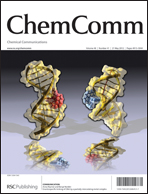
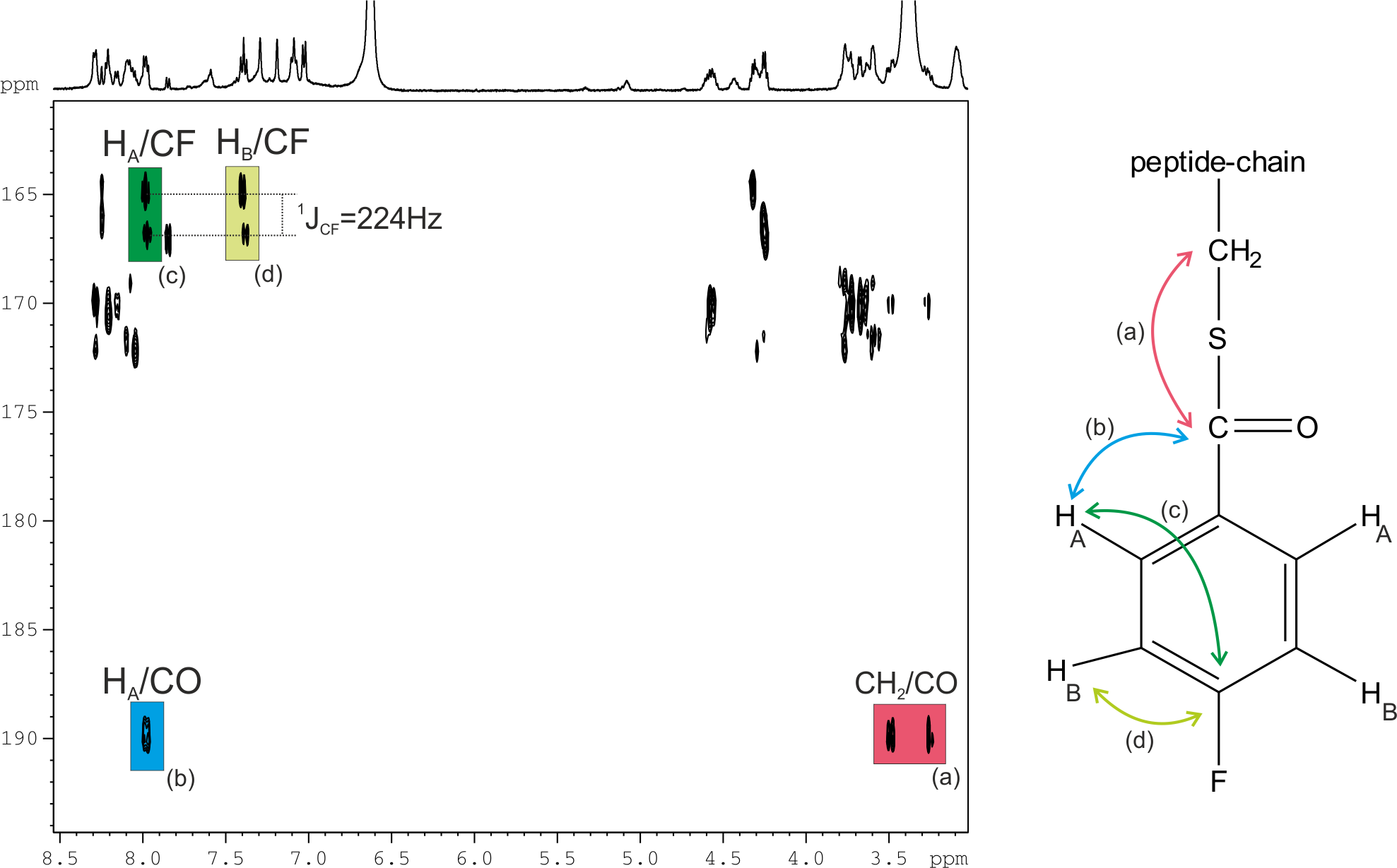
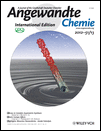
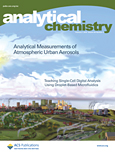
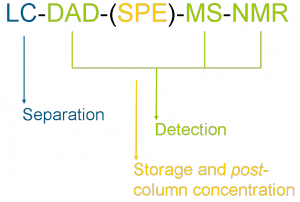
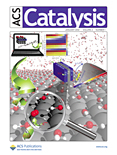
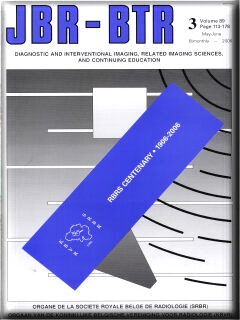 Non-Invasive grading of astrocytic tumours from the relative contents of myo-inositol and glycine measured by in vivo MRS”, Ana Paula Candiota, Carles Majós, Margarida Julià-Sapé, Miquel Cabañas, Juan José Acebes, Àngel Moreno-Torres, John R. Griffiths, Carles Arús; Journal Belge de Radiologie – Belgisch Tijdschrift voor Radiologie, 94, 319-329 (2011). DOI:
Non-Invasive grading of astrocytic tumours from the relative contents of myo-inositol and glycine measured by in vivo MRS”, Ana Paula Candiota, Carles Majós, Margarida Julià-Sapé, Miquel Cabañas, Juan José Acebes, Àngel Moreno-Torres, John R. Griffiths, Carles Arús; Journal Belge de Radiologie – Belgisch Tijdschrift voor Radiologie, 94, 319-329 (2011). DOI: 